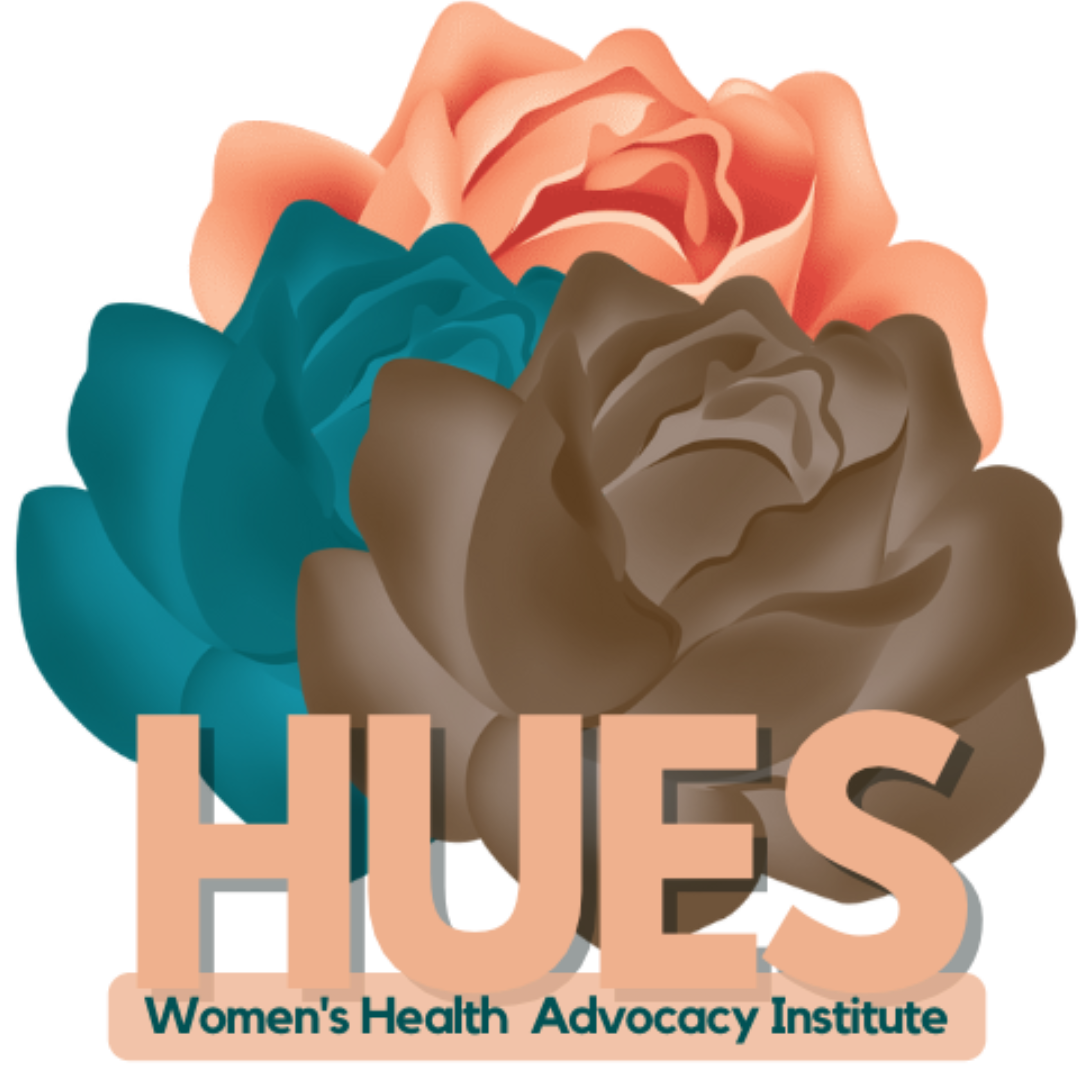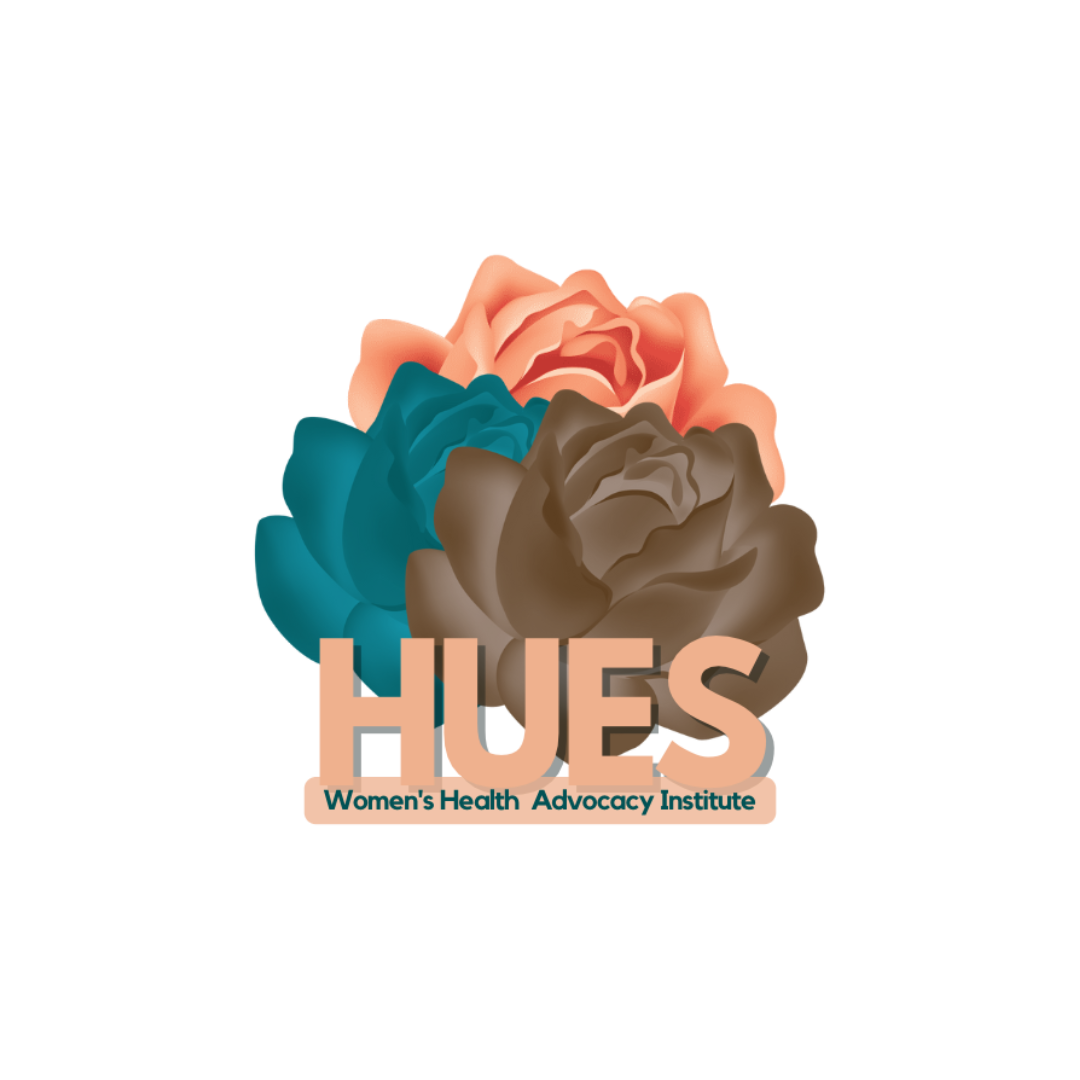Health Justice Policy Initiative
Week of November 9, 2025
Here are Ohio-specific weekly policy updates for the week of November 9, 2025, with direct links to reputable sources—including progressive, independent, and feminist news and policy sites.
Systemic Access and Affordability
Medicaid Expansion Threat: The Ohio House is considering a provision (HB 96) to discontinue Medicaid expansion if federal funding drops below 90%. Nearly 770,000 Ohioans—disproportionately women and people of color—rely on this coverage for preventive care and specialist visits. See the Health Policy Institute of Ohio’s Medicaid Expansion Study for impact analysis.
Health Policy Institute of Ohio
Medicaid for Abortion Providers: House Bill 410 would block Medicaid funds from clinics providing abortion, affecting thousands of patients who depend on places like Planned Parenthood for reproductive and preventive services. Advocacy groups and independent news organizations highlight risks to access, especially in rural and underserved communities.
Investment in Social Determinants of Health (SDOH)
Housing and Maternal Health: Ohio’s new Medicaid budget requires hospitals accepting Medicaid to have a transfer agreement with nearby birth centers, improving access for expectant mothers in underserved neighborhoods. However, funding for lead-safe homes was zeroed out for FY 2026 and 2027, raising equity concerns.
Progressive Advocacy: Feminist and equity-focused groups, such as HUES and Policy Matters Ohio, continue to press for investment in housing, transportation, and food security through Healthy Start grants.
Ohio Consolidated Housing Plan
Addressing Bias and Improving Quality of Care
Healthcare Workforce Bias: The Guttmacher Institute’s latest policy guidance urges Ohio health programs to implement person-centered care and require implicit bias training for all maternity care providers. However, enforcement remains uneven across counties.
State Legislature Actions: The Prenatal Equal Protection Act (H.B. 370) introduced this summer would criminalize abortion as homicide, directly conflicting with Issue 1’s constitutional protections—highlighted by progressive news and social work organizations.
Federal Standards for Data Disaggregation
New HHS Rule: Starting January 2026, all federally funded health programs in Ohio must collect and report disaggregated data on race, ethnicity, gender identity, and language.
Progressive think tanks like Health Policy Institute of Ohio and feminist advocacy groups emphasize the importance of accountability and health equity.
Kaiser Family Foundation Medicaid Tracker

HUES Women’s Health Advocacy Institute’s Legislative Initiatives
-
We support policies and laws such as the ACA and subsequent legislation (like the Inflation Reduction Act) which prohibit discriminatory practices such as gender rating and pre-existing condition exclusions, which historically harm women.
We are in favor of expanded access to comprehensive preventive services (e.g., screenings, contraception) at no cost. Medicaid Expansion, for example, ensures millions of low-income adults, disproportionately women of color, gain health insurance.
-
We support policies that seek to invest in programs for food security, affordable housing, and environmental justice to address the root causes of chronic stress and poor health.
These policies benefit all communities, but disproportionately lifts health outcomes for Black, Latina, and Native women who are more likely to live in areas with environmental hazards, lower-quality housing, or face higher rates of poverty.
-
We are proponents of the adoption of policies that require implicit bias training for healthcare providers, particularly those working in perinatal care.
Additionally, we support policy efforts that invest in community health workers and doula programs, often including Medicaid coverage for these non-clinical providers.
-
We support policies that aim to collect better, more specific data to move beyond broad labels like "Asian American" or "Latina" and identify the precise needs of subgroups (e.g., Indian American or Arab American women).
Policy Ohio 101
To navigate the policy landscape, it is crucial to understand the key terms that shape advocacy and governance.
A Comprehensive Guide from HUES Women's Health Advocacy Institute
Women's health policy refers to the framework of laws, regulations, funding mechanisms, and programs designed to ensure equitable access to healthcare, quality, and outcomes for women and all individuals who can become pregnant. These policies are shaped by multiple layers of government—federal, state, and local—and intersect with issues of gender, sexuality, race, nationality, economics, and social justice.
What Makes Women's Health Policy Unique
Women’s health encompasses biological, social, and behavioral factors that affect health outcomes across the life course. It includes:
Reproductive and maternal health: Access to reproductive care, maternity care, and postpartum services.
Gender-specific conditions: Disorders that occur primarily in women (such as endometriosis, polycystic ovary syndrome, or menopause-related conditions).
Autoimmune diseases: Conditions like lupus and rheumatoid arthritis which disproportionately affect women.
Sex-specific responses to medication: Biological differences affecting how women metabolize drugs, often under-researched historically.
Social determinants of health (SDOH): Non-medical factors that shape health outcomes, such as income, education, housing, food security, and safety.
Why Women's Health Policy Matters
Maternal Mortality Crisis: Maternal mortality refers to deaths related to pregnancy or childbirth within a year of delivery. The U.S. currently has the highest rate among industrialized nations, reflecting systemic inequities in care quality, particularly for Black women.
Healthcare Access Gaps: Barriers like cost, lack of insurance, or provider shortages lead many women to skip or delay needed care.
Research Inequities: For decades, women—especially pregnant women—were excluded from clinical research, resulting in gaps in evidence-based care.
Economic Impact: Poor health outcomes for women contribute to workforce interruptions, lost wages, and increased healthcare costs.
Reproductive Autonomy: Reproductive autonomy is the right to make decisions about one’s reproductive life, including access to contraception, fertility treatments, and abortion services.
Equitable health policy must account for:
Systemic racism influencing care for women of color.
Gender identity discrimination, especially for LGBTQ+ and transgender patients.
Geographic barriers affecting rural populations’ access to providers.
Immigration status, affecting eligibility for federal programs.
Disability inclusion, ensuring accessible services and accommodations.
Key Policy Areas
1. Reproductive Health & Rights
Definition: Encompasses access to contraception, abortion, fertility care, and sexual health education.
Title X: The federal family planning program that funds clinics providing confidential and affordable services.
Key Terms:
Contraceptive equity: Ensuring all insurance plans cover a full range of birth control options.
TRAP laws (Targeted Regulation of Abortion Providers): Regulations that impose medical or facility requirements designed to shut down abortion clinics.
2. Maternal Health
Definition: Policies and programs supporting women during pregnancy, childbirth, and postpartum recovery.
Key Concepts:
Maternal mortality review committees: Multidisciplinary panels reviewing maternal deaths to identify causes and prevention strategies.
Medicaid postpartum extension: Extending Medicaid coverage for mothers up to 12 months after childbirth.
3. Healthcare Access & Coverage
Definition: Ensures women can afford, obtain, and use healthcare services.
Core Components:
Medicaid: Joint state-federal insurance for low-income individuals.
Marketplace coverage (ACA): Subsidized health plans from the Affordable Care Act.
Essential health benefits: Minimum services that insurance plans must cover—like maternity, mental health, and preventive care.
4. Violence Against Women
Definition: Policies addressing gender-based violence, including domestic abuse, sexual assault, and human trafficking.
Core Legislation:
Violence Against Women Act (VAWA): Establishes protection programs, crisis centers, and survivor legal rights.
Campus sexual assault policy: Federal requirements for colleges to prevent and respond to sexual violence under Title IX.
5. Chronic Disease & Mental Health
Definition: Addresses women’s unique risks and barriers in chronic illness care and mental health parity.
Examples:
Mental Health Parity: Laws requiring insurance coverage for mental health care on equal terms with physical health.
Autoimmune diseases: Over 80 autoimmune disorders disproportionately affect women.
6. Economic Security & Work-Life Balance
Definition:Policies that promote job stability, fair pay, and caregiving support.
Examples:
Paid family and medical leave*: Allows workers time off to manage health or family care needs without losing jobs.
Pay equity*: Equal pay for equal work regardless of gender.
Pregnant Workers Fairness Act*: Requires reasonable workplace accommodations for pregnant employees.
Understanding the Policy Process
Legislative Process (Federal)
Key Terms Defined:
Committee Mark-up: When legislators revise, amend, or rewrite proposed legislation.
Conference Committee: Merges differing House and Senate bill versions.
Veto override: Congress can overturn a presidential veto with a two-thirds majority.
Regulatory Process
Regulations interpret and enforce laws.
Key Steps:
NPRM (Notice of Proposed Rulemaking): Public notice inviting comment.
Public Comment Period: Citizens, organizations, and experts can submit feedback.
Final Rule: Published version that becomes legally binding.
State Policy Process
State governments replicate the federal model but tailor it to local needs.
Examples
Medicaid waivers: State applications to customize Medicaid program delivery.
Telehealth regulations: Rules governing remote medical consultations.
Major Federal Legislation
Each law has a distinct role in shaping women’s health policy:
Affordable Care Act (2010): Restructured healthcare coverage and eliminated gender discrimination in insurance.
Title IX (1972): Protects against sex discrimination in education, including pregnancy-related bias.
VAWA (1994): Strengthens legal protections and funding for survivors of domestic or sexual violence.
Pregnancy Discrimination Act (1978): Prevents employment discrimination due to pregnancy.
FMLA (1993): Guarantees job-protected unpaid family or medical leave.
Title X (1970): Provides federal funding for reproductive healthcare and family planning.
State-Level Policy
States are key regulators of healthcare—controlling Medicaid administration, health insurance, and reproductive policy.
Policy Types Defined:
Protective policies: Expand healthcare access, remove barriers, and ensure patient rights.
Restrictive policies: Limit reproductive autonomy or access to providers.
Key Stakeholders
Government:* Structures laws (Congress), enforces them (executive agencies like HHS and CMS), and interprets them (courts).
Advocacy groups: Nonprofits and coalitions advancing rights and awareness.
Healthcare industry: Hospitals, insurers, and pharmaceutical companies with economic and policy influence.
Research institutions: Universities and think tanks generating data-driven evidence for policymaking.
Health Disparities & Equity
Health disparity: A measurable difference in health outcomes between groups due to social, environmental, or systemic factors.
Health equity: Fair access to care and opportunity to attain optimal health for all.
Key Terms:
Social determinants of health (SDOH): Conditions in which people live, learn, and work that affect health outcomes.
Implicit bias: Unconscious attitudes influencing provider decision-making.
Disaggregated data: Breaking data down by categories like race, income, or gender to reveal hidden inequities.
How to Get Involved
Public comment: Written feedback influencing regulatory rules.
Grassroots organizing: Local, community-based collective action.
Legislative advocacy: Educating and urging elected officials to support specific policies.
Storytelling: Using personal narratives to shape public opinion and policymaking.
Resources & Further Reading
Guttmacher Institute(reproductive policy research)
HUES Women’s Health Advocacy Institute (training, advocacy, and equity leadership)
KFF Women’s Health Policy (federal data and initiatives)
The 19th and Rewire News Group (women’s health journalism)
Conclusion
Women’s health policy is the foundation of equitable health systems. It demands intersectional understanding—across gender, race, and economics—and collective civic engagement. Sustained advocacy ensures healthcare systems value dignity, autonomy, and justice for all.
Sample Letter of Support for Medicaid Doula Reimbursement
[Your Name]
[Address]
[Date]
Ohio Department of Medicaid
50 West Town Street, Suite 400
Columbus, OH 43215
Re: Support for Adequate Medicaid Doula Reimbursement Rates
Dear Director [Name],
I am writing to express my strong support for establishing adequate Medicaid reimbursement rates for doula services in Ohio. I believe appropriate doula reimbursement is essential to expanding access to this evidence-based intervention.
The Need for Doula Services
Research consistently demonstrates that continuous labor support from doulas leads to improved birth outcomes, including reduced rates of cesarean births, decreased need for pain medication, and shorter labor durations. For Black women in Ohio, who face significantly higher rates of severe maternal morbidity and pregnancy-related mortality, access to culturally concordant doula care is particularly critical.
Current Barriers
While HB 248 has established funding for community doula programs, inadequate reimbursement rates create a barrier to sustainable doula practice and limit the number of providers available to serve Medicaid beneficiaries. Many experienced doulas cannot afford to accept Medicaid clients at current rates, creating access disparities.
Our Recommendations
Establish reimbursement rates that reflect the full scope of doula services, including prenatal visits, continuous labor support, and postpartum care
Set rates comparable to those paid by private insurance to ensure equitable provider networks
Include reimbursement for administrative time, travel, and on-call availability
Create streamlined credentialing processes that recognize diverse doula training pathways
Allow for enhanced rates for doulas providing culturally and linguistically concordant care
Community Impact
[Include specific local data or stories about maternal health disparities and the need for doula services in your community]
We urge the Department to prioritize establishing reimbursement rates that will make doula care a viable and accessible option for all Medicaid beneficiaries in Ohio. We welcome the opportunity to discuss implementation strategies and would be happy to provide additional information.
Sincerely,
[Your Name and Title]


